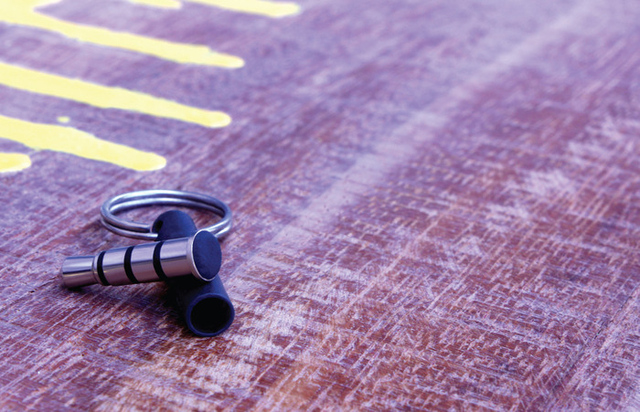From wearable fitness-trackers to sleep-monitoring applications, mobile is the place to go for those looking to improve their health and well-being.
But the persistent lack of interoperability among today’s leading and emerging mobile health technologies has resulted in widespread frustration.
With simplicity at the core of the mobile revolution, it’s easy to understand why so many mobile device owners are irked by solutions that don’t share data to provide a complete 24/7 mobile health platform. People want these products to be capable of monitoring conditions, finding problems, recommending actions, and solving problems from sunrise to sunset.
If you think that sounds far-fetched, consider this: all of the resources consumers need to enjoy such an all-inclusive mHealth (mobile health) program already exist. But their respective makers haven’t yet played nicely together. And with these apps and devices operating independently of one another, fitness-minded consumers have struggled to piecemeal their mobile health solutions into a technological tapestry that makes sense.
So far, the result has been a hot mess of disjointed mobile products that, when viewed and cross-referenced autonomously, prompt more questions than answers for those these innovations were created to benefit in the first place.
According to the latest projections from
ABI Research, the total market for wearable wireless devices in sports and healthcare will grow to 170 million units by 2017. When you consider the explosive growth enjoyed by companies already entrenched in this emerging market, it isn’t difficult to imagine how such lofty projections will be reached, or even exceeded.
Just last month,
Fitbit, a startup celebrated for its assortment of digital fitness trackers and health devices,
closed a $43 million funding round, pushing its valuation beyond the $300 million mark.
Similarly, the popularity of
Jawbone Up — a wristband that tracks your movement and sleep — has helped Jawbone raise more than $200 million in venture funding from such heavyweight backers as Vinod Khosla, Kleiner Perkins, and Deutsche Telekom.
The unprecedented rate of growth has been no less staggering among today’s foremost mobile health applications.
Since launching only two months ago,
Sleep Genius has earned a reputation for being the most scientifically advanced neuroscience-based mobile sleep program in the world. With 50,000 downloads in the past week alone and a consistent barrage of rave reviews, consumers are clearly getting serious about their sleep and counting on mHealth’s greatest resources to affect positive change.
But despite the standalone supremacy of these and other market-leading products, the scarcity of comprehensive solutions is a glaring void in modern mHealth.
“Most fitness and health apps only record a single type of data,” recently observed tech journalist Nick Summers of
TheNextWeb. “I use a dozen or so different services to track my exercise regime, diet and sleep pattern as a result.”
As Summers explains, the issue at hand is that all of these remarkable and effective mobile solutions “live in their own little bubble.” Consequently, their true potential to help the mobile masses to the full extent possible remains restricted.
While it’s unrealistic to expect any single company – particularly a startup – to create a lone program that does it all, it is exponentially more feasible for the visionaries behind today’s most innovative mHealth solutions to integrate their resources and bring to market a total solution that benefits everyone.
Nike+ Running, for example, can map your runs and track your progress. But if you have a bad run, can it tell you why? If, perhaps, it was integrated with apps that detail your recent dietary habits and sleep patterns, insightful analysis and recommendations would be possible.
If you’re among the estimated 70 million Americans that the
CDC classifies as sleep deprived, wouldn’t you benefit from more than just an app that monitors how much or how little you’re sleeping? What if
Sleep Genius was a part of this mobile equation? An effective solution would be able to tell you if your athletic performance, weight, blood pressure, and other health factors are being negatively affected by sleep deprivation.
“What I want is recommendations,” Summers bemoans. “Actions that I can take, based on the information that I’ve already logged, to improve my wellbeing. The end-goal is this.”
Fortunately for the millions of consumers that share his frustration, the aforementioned end-goal is now in sight. The required solutions are in place and improving all the time. The next step toward integration simply needs to be taken.
















 After a relatively low-key
After a relatively low-key 






